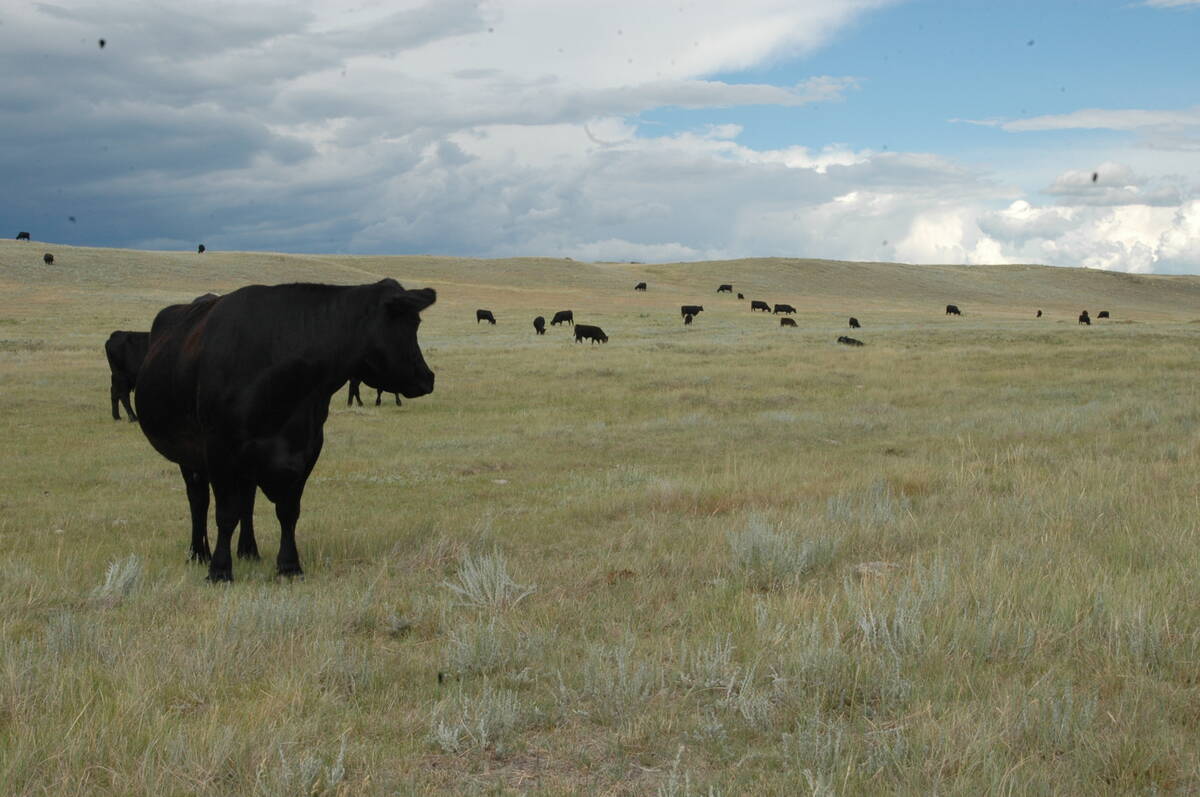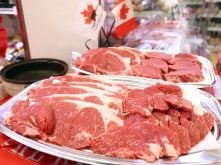HIGH RIVER, Alta. – Better health documentation could have prevented widespread slaughter in 1997 of 12,000 Quebec sheep suspected of carrying scrapie.
“Fewer than 900 of those 12,000 animals were infected with scrapie,” said Ontario sheep producer Fred Baker.
He said the Quebec slaughter would then have been a minor issue rather than a media frenzy that scared the public off eating lamb. At that time there were suspected links between scrapie and bovine spongiform encephalopathy, also known as mad cow disease. No links have since been found.
Baker is part of a committee traveling the country measuring support for a national sheep identification program proposed by the Canadian Sheep Federation. The program is strictly for food safety and disease detection.
Read Also

Saskatchewan Cattle Association struggles with lower marketings
This year’s change in the provincial checkoff has allowed the Saskatchewan Cattle Association to breathe a little easier when it comes to finances.
A national program is no guarantee that future health problems with food safety or disease will not arise.
“Identification won’t change that, but it might shield us from any shenanigans if somebody wants to take a run at us,” he said at a producer meeting at Highwood Auction near High River.
“Sheep need this program,” said Baker.
While Canada does not export much lamb, the beef and pork industries rely heavily on the export market. If their sales are blocked because the sheep sector refuses to provide health traceback, there could be wider repercussions, he said.
The sheep federation estimates about 15 percent of the national flock is identified in some way. These are mostly purebred animals carrying unique registration numbers and tattoos or animals enrolled in performance programs. Many producers have their own identification systems but these are not practical on a national scale.
The federation proposes a flexible program that is reasonably priced.
“It has to be something that works for producers. It has to be cheap,” Baker said. People cannot afford $2 tags and will resist expensive programs.
Tag the flock
The most recent suggestion is a flock identification number instead of individual numbers. Producers could tag lambs at birth or when they leave the farm with their unique farm number.
There are about 10,000 sheep-producing units across the country. It might be sufficient to enter the farm name, farmer’s name, address, telephone number and farm number for the records.
The sheep industry cannot afford to build a large database of individual animals.
“It would be beyond what the producers could afford,” Baker said.
Producer meetings in British Columbia, Alberta and Manitoba have expressed concern about the effectiveness of the program.
For some it means more work tagging hundreds of lambs and the worry that tags might fall off.
Others have said they do not want to accept liability for drug residues or injuries that occurred elsewhere.
Animals may change hands a number of times before they reach an abattoir. Inspections can detect how old an injury is and science knows how long a drug remains in tissues, so a farm is not likely to be blamed, said Baker.
Others said the Canadian sheep industry should wait and see what sort of program the Americans adopt so there is harmony. The Americans are considering a voluntary eartag program.
Purebred breeders said their individual identification programs work well and they do not want to duplicate the process.
The federation is not sure who might administer the program or what the real cost of managing it might be. A federation meeting in December plans to further assess the concept. If the majority of provinces object, the project could be dropped, said Baker.
Worldwide issue
Canada is not alone in its efforts to individually identify its livestock.
Serious outbreaks of animal disease throughout the world have prompted governments to act. In the United Kingdom, for example, where outbreaks of BSE in the cattle herd cost an estimated $26 billion, the result has been a costly passport system. All cattle two weeks of age and older must have passports that record their health records as well as movements among owners.
Draft proposals for sheep and goats are considering eartags or tattoos before they leave their farm of birth. Non-compliance means they do not qualify for subsidy programs.
Australia is looking at a voluntary identification program. New Zealand, a major world exporter of lamb, is considering an extensive program similar to its eartag system for cattle and deer. These might be replaced with reusable electronic chips.















